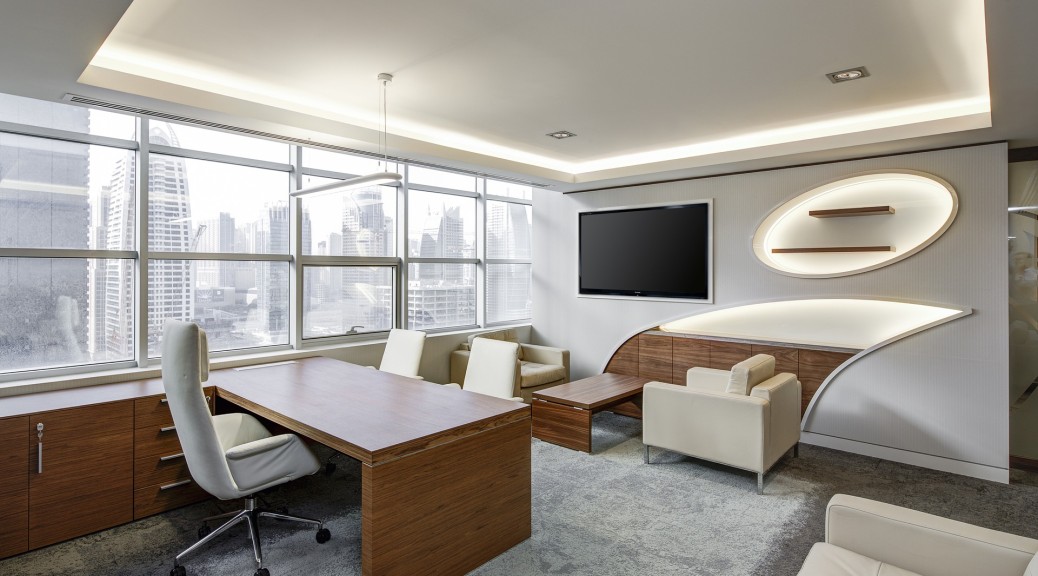Shane Fahy, of McCann FitzGerald comments on the evolution of commercial property and the newly developing subscription economy.
Read the article below;
What is the Subscription economy?
This is a new model that sees customers not as one-off purchasers of products or services, but as users who pay a recurring fee in return for a subscription to a product or service bundle. It promises customers an ongoing relationship with up-to-date, smart, flexible solutions tailored to their specific needs.
Additionally, it promises the seller a reliable income stream and a more personal and meaningful interaction with customers, which is becoming as much about delivering an overall user experience as the underlying product or service. The telecoms and media sectors have led the charge, operating on a subscription basis for many years, with Netflix and Spotify now household names.
What’s it got to do with real estate?
Traditionally, a tenant pays rent, service charges, insurance costs, rates, dilapidations and other outgoings, with the investment producing steady income (rent, equivalent to a dividend or coupon) for the landlord. While the Irish market now offers more flexible lease terms, we are also seeing a recent move to more flexible office solutions and coworking space. Tenants want to get exactly what they need, when they need it and they prize flexibility. They are eschewing the relative straitjacket of traditional lease arrangements, seeking instead to avoid long-term commitment – and perhaps paying a premium for that important element.
This trend is expected to continue. A subscription model of serviced offices and coworking spaces is classic disruption and could have profound effects. It has the potential to change the nature of the commercial property investment product and the profile of investors, to affect how buildings are designed and fitted-out, and how new space requirements can be satisfied.
Start-up firms in the tech sector are particularly suited to the model. Young entrepreneurs, attracted by informal working environments, can draw like-minded companies together under one roof. The bundle of services can include shared reception, meeting facilities, coffee docks, yoga classes, networking events and, crucially, a sense of community.
Another example of the subscription economy disrupting the Irish commercial property market is the specialist student accommodation sector. In contrast to traditional residential tenancy agreements comprising apartments, houses or bedsits, this offers tailored facilities, close to educational establishments, with a readymade network of other students, wifi, carefully designed communal areas, laundry facilities, concierge services, gym facilities, and an information support service.
Again, a vibrant sense of community is part of the package. This is all laid out for an all-in fee over a short period and with minimum risk.
What is influencing this new economy?
A lack of capital, or a lack of willingness to commit beyond a short horizon, is driving real estate to devise more subscription model-type services. A traditional full repairing and insuring (FRI) lease can be a significant financial commitment for businesses. The notable trend towards shorter term leases with break options and increased tenant flexibility, was a factor of the recession years, when landlords had to be less choosy.
As availability of office space decreases, the demand for short-term, flexible space may be met in greater part by specialist serviced office and coworking space providers. Arguably, swapping the security of traditional leases for the flexibility and convenience of a subscription-based serviced office arrangement fits in with an overall trend of owning less but experiencing more.
Capturing and using data to understand issues and needs, and then offering solutions and products, is a big part of the subscription economy. As we interact with our built environment in different ways, we are likely to see further evolution of commercial property innovation.
In Dublin, innovation at Uninest/GSA’s 400-bed student accommodation facility on Mill Street in the Liberties features an app on students’ phones which enables them to access their rooms, laundry facilities and vending machines. Newer commercial buildings capture data on energy, waste and facility usage in ever greater detail.
How are real estate legal agreements likely to be affected?
There will be an increased use of short-term contracts and licence arrangements. Depending on demand for the model and availability of capital for providers, we may see income-sharing or partnering between owners and service providers.
The subscription model is based on a strong relationship between the provider and the customer. Analysing data generated by the occupier may allow the service provider to understand actual business concerns and anticipate future demand, relative to traditional models and analysis. The right to capture and use the data generated by the occupier will be increasingly important for the owner.
What next?
It is hard to imagine the commercial property sector transformed overnight. Serviced office and coworking space tenants may ultimately develop their business to a point where more long-term secure real estate arrangements are appropriate. This means either owning or leasing properties on long-term traditional FRI leases. But it seems fair to say that for the main players in the industry, the fundamentals of location, size and suitability of space now also include requirements to consider flexibility, data, innovation and the drive to monetise relationships in new ways.

